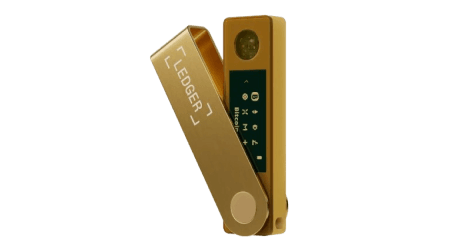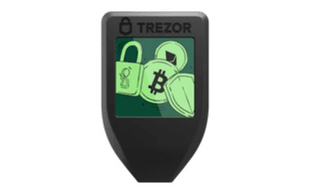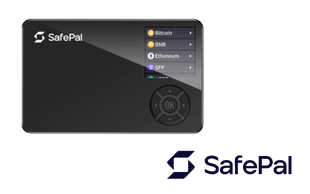What's the best way to buy Solana in Australia?
The easiest and cheapest way for a beginner to buy Solana will be through a crypto exchange that supports Australian dollars. This means you'll be able buy SOL directly using AUD, or deposit AUD to the exchange and place a SOL buy order, which can help you save on trading fees.
However, what's best for you will depend on your preferred payment method and investment goals.
To help you choose, we've picked out the best crypto exchanges in Australia analysed for things like fees and payment methods.
Our goal is to help you find the platform that best suits your needs and budget. All of the platforms on this page are registered with AUSTRAC (Australian Transaction Reports and Analysis Centre), which regulates digital currency exchanges in Australia.







